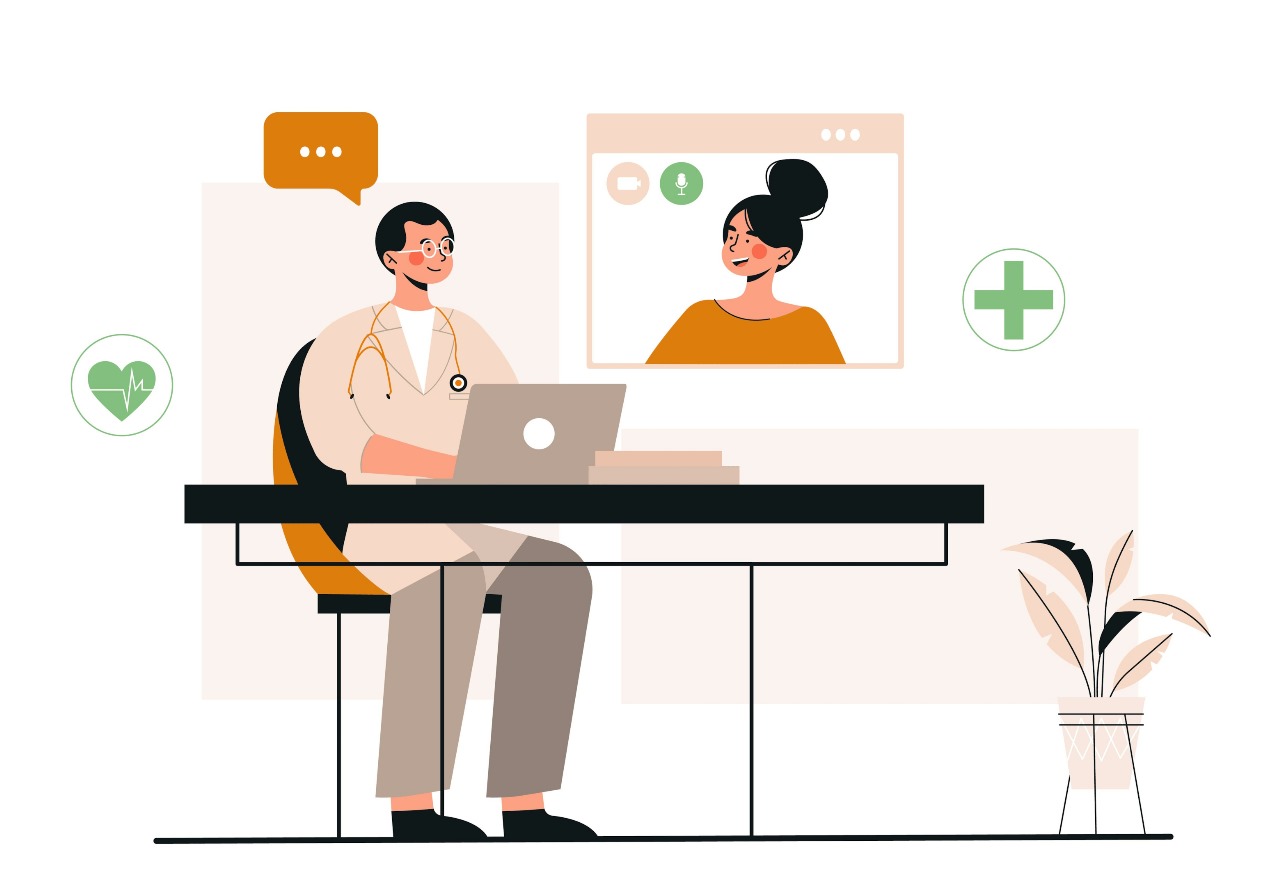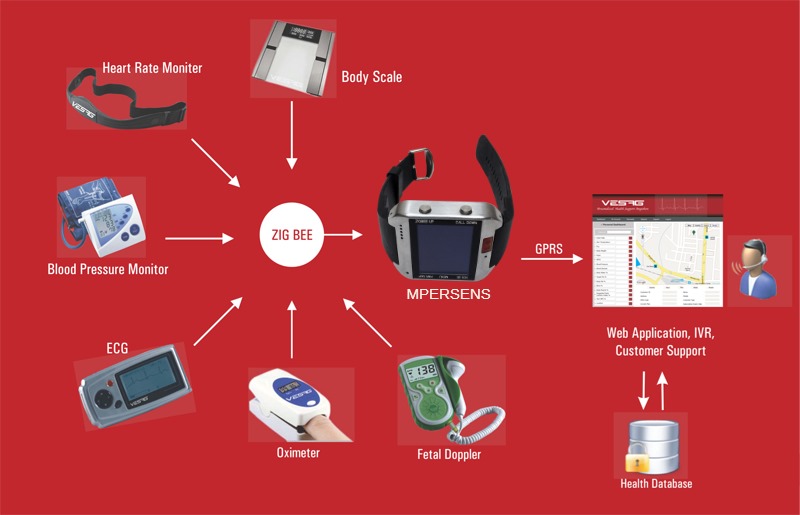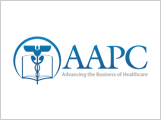- Home
-
SERVICES
Services offered by RM
-
SPECIALITIES
Major specialities
- WHY RM?
- SOFTWARES
- COMPLIANCES
- ABOUT US
Please fill out the form below if you have a plan or project in mind that you'd like to share with us.
Happy Clients
Projects Delivered
Skilled Employees
Support Available
The New Frontier in Healthcare: A Deep Dive into Remote Patient Monitoring
In today's swiftly evolving healthcare sector, one innovation, in particular, stands out both in its relevance and its transformative potential: Remote Patient Monitoring (RPM). As we've traversed the challenges posed by the global pandemic, the adoption and significance of RPM have soared to unparalleled heights. Let me guide you through a comprehensive understanding of this paramount shiftIn today's swiftly evolving healthcare sector, one innovation, in particular, stands out both in its relevance and its transformative potential: Remote Patient Monitoring (RPM). As we've traversed the challenges posed by the global pandemic, the adoption and significance of RPM have soared to unparalleled heights. Let me guide you through a comprehensive understanding of this paramount shift.

A Phenomenon Unraveled Historically, RPM has undergone a dramatic evolution, charting an unparalleled growth rate of around 1900% within a span of just two years. A pivotal moment in its ascent was the 2020 revision of the Current Procedural Terminology (CPT) codes, which pragmatically adjusted the landscape, empowering healthcare entities to rightfully claim reimbursements for RPM's seamless integration into their systems.
RPM and the Vast Universe of Telehealth The broader expanse of telehealth, an overarching domain, holds within its folds various subsectors, one of which is RPM. While telehealth is an umbrella term, encapsulating a multitude of remote healthcare modalities, RPM is sharply focused. Its core lies in harnessing specialized technological devices to facilitate a seamless dialogue between patients and healthcare providers, reshaping the dynamics of patient care and clinician engagement.
Mastering the Intricacies of RPM Billing For those navigating the waters of RPM billing, a few key markers demand acute attention:
Duration & Eligibility: Emphasizing its sustained approach to care, RPM mandates a minimum engagement of 20 minutes per month to be eligible for Medicare compensations. Prescriptive Mandate: The inception of an RPM service must be sanctioned either by a physician or an equivalent certified healthcare luminary. Documentation Paradigms for CPT 99453: Spanning diverse facets, from practitioner directives and device taxonomy to monitoring paradigms and training timelines. Dissecting the CPT Code Matrix: RPM is governed by specific CPT codes, each mirroring distinct service spectrums:

Beneficiary Spectrum: Both acute and chronic patients are earmarked as beneficiaries under RPM's expansive services, a stance reinforced by the CMS in 2021.
Technological Literacy: Ensuring patients have a mastery over RPM tools is non-negotiable. Their adeptness in this virtual realm significantly bolsters the efficacy of RPM services. Outsourcing: The Strategic Pivot in RPM's Evolution With the U.S. healthcare paradigm increasingly recognizing the multifaceted advantages of RPM—from cost containment to preemptive interventions—there's a discernible trend of gravitating towards strategic outsourcing. Entrusting specialized firms, like RM Healthcare Services Global Inc, empowers healthcare entities to accentuate efficiencies and optimize patient outcomes.
In conclusion, as we charter the course for the future of digitized healthcare, RPM emerges as a vanguard, heralding a new epoch of innovation, patient empowerment, and strategic foresight. Undoubtedly, the horizon ahead is teeming with remote-enabled possibilities.
Qualified healthcare professionals know the Centers for Medicare and Medicaid Services (CMS) update RPM CPT billing codes yearly to incentivize healthcare providers to implement RPM for their patients. The following sections provide an overview of what the new billing guidelines for remote patient monitoring CPT codes
2023 cover, including the average reimbursement rate and requirements for RPM programs.RPM CPT code 99453 covers device set-up and patient education on using equipment for remote physiological monitoring, such as blood pressure, pulse oximetry, and blood glucose. Furthermore, this one-time code is billed after the initial 16 days of monitoring. The average national payment rate for CPT 99453 is $19.
CPT code 99454 pays for supplying the device for daily recording or programmed alert transmissions. Unlike the prior 99453 code, code 99454 may be used more than once, given that the patient uses the device at least 16 days a month. In addition, CPT 99454 is billable in a 30-day period. The average national payment rate for this code is $49.
RPM CPT code 99457 comprises initial 20 minutes of treatment management by clinical staff over a 30-day period. An unspecified portion of that 20 minutes must involve interactive remote communication with the patient. There is no explicit explanation of how interactions must be provided. It is assumed that video, phone, email, and text messages all suffice. The average national payment rate
for this code is $48.Moreover, CPT 99457 can be billed as ‘incident to’ under general supervision. This means that Medicare providers can contract third-party RPM companies to outsource and assist with care manager RPM services. Ultimately offering providers the opportunity to manage more patients. Thus resulting in more company revenue without significantly impacting workflow. Code 99457 is billed monthly.
CPT code 99458 encompasses reimbursement for each additional 20 minutes of remote patient monitoring services, with a maximum of 60 minutes in a calendar month. Similar to 99457, documentation of how the time is distributed is required. The average national payment rate for CPT 99458 is $39.
RPM CPT code 99091 is the newest code introduced in 2022. It has more requirements than the preceding codes. Code 99091 covers a minimum of 30 minutes in a calendar month for the time it takes clinical staff to gather, interpret, and process data that a patient transmits. It also covers at least one communication, occurring by phone or email, where medical management or monitor advising occurs. The average national payment rate for code 99091 is $53.
All Medicare beneficiaries can participate in remote patient monitoring; however, some requirements like who qualifies for remote patient monitoring exist. A summary of the requirements to bill for remote patient monitoring CPT codes 2023 are as follows:
Medicare recognizes that remote patient monitoring programs play a significant role in the future of value-based patient care. There are many benefits of remote patient monitoring in remote health. By implementing remote patient monitoring solutions into the workflow, clinicians can improve the quality of care and generate more revenue.
If you are a chronic care, telehealth, RPM services, or software company member, book a consultation and free demo to learn more about leveraging RM Healthcare remote patient monitoring service and service solutions.
















